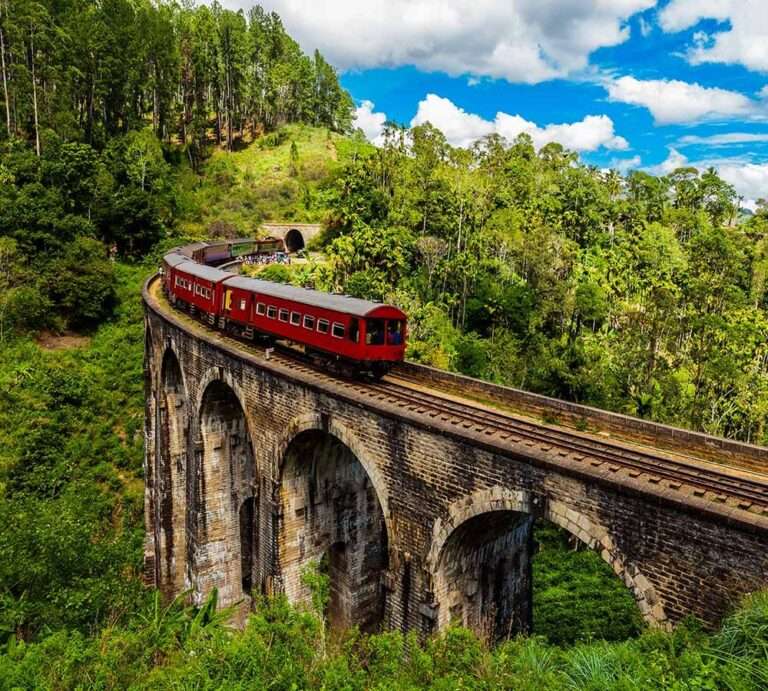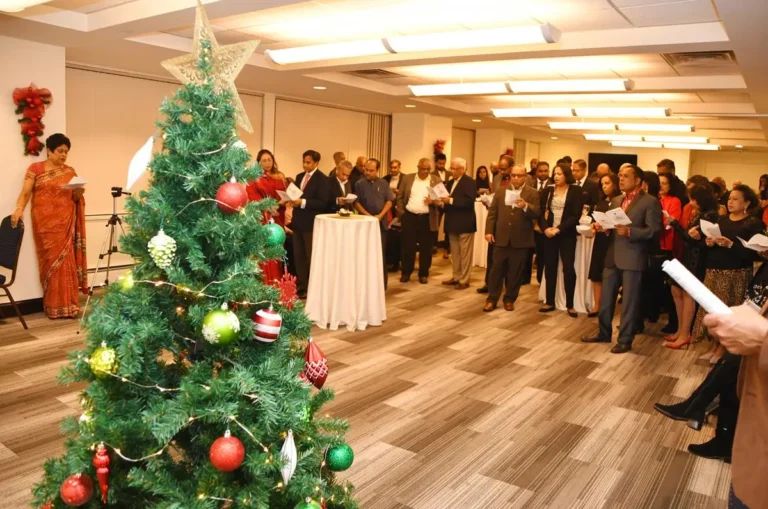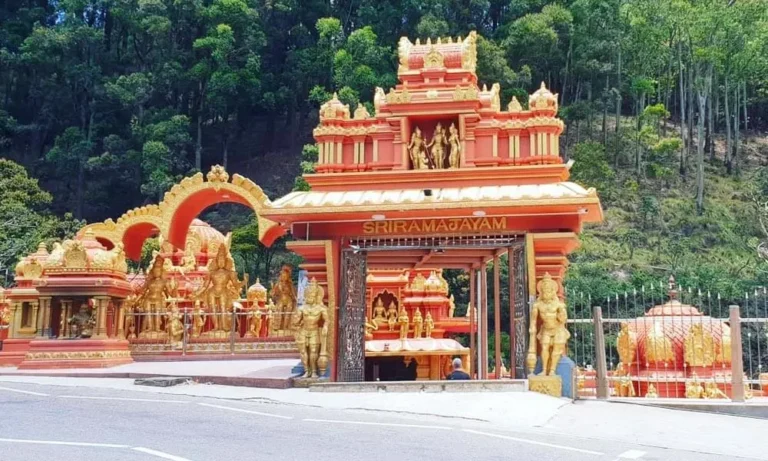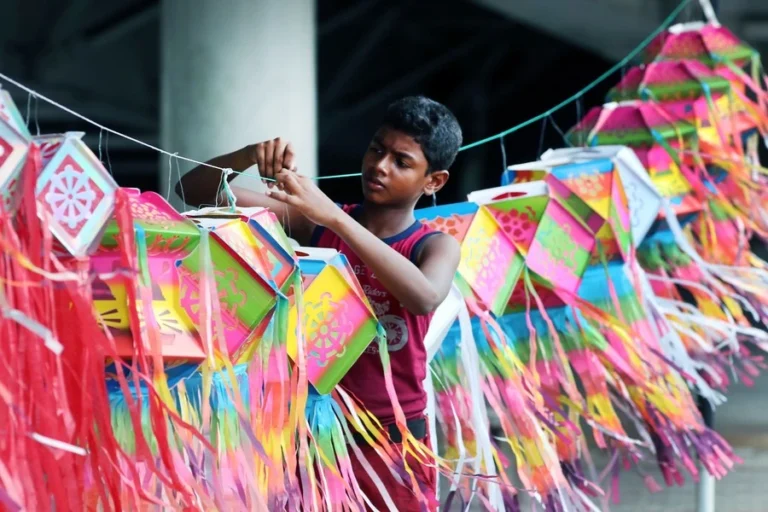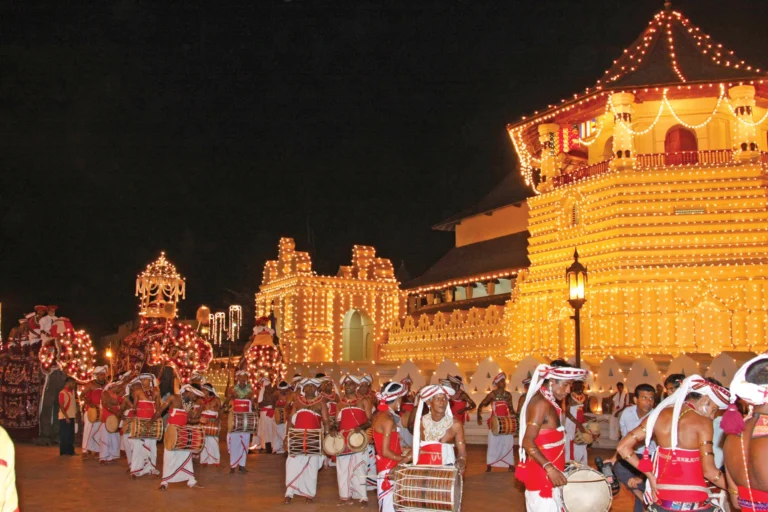Toddy Tapping in Sri Lanka: A Timeless Tradition
Sri Lanka, a tropical paradise, is known for its rich cultural heritage and unique traditions. Among these, toddy tapping stands out as a timeless practice deeply rooted in the island’s history. This age-old craft of extracting sap from coconut and palmyra trees not only provides a popular local beverage but also plays a significant role in the social and economic fabric of rural Sri Lankan communities. This article delves into the fascinating world of toddy tapping, exploring its history, process, and the best places to experience this tradition in Sri Lanka.
The History of Toddy Tapping
Toddy tapping has been a part of Sri Lankan culture for centuries, dating back to ancient times. The practice is believed to have been introduced by South Indian settlers and has since become an integral part of the island’s rural lifestyle. Traditionally, toddy tapping was not only a source of livelihood but also a social activity that brought communities together.
The Toddy Tapping Process
The process of toddy tapping involves several intricate steps:
- Climbing the Tree: The toddy tapper, known as a “toddy tapper” or “sap tapper,” uses a rope and a looped strap to climb tall coconut or palmyra trees. This requires great skill and agility, as the trees can be as high as 60 feet.
- Tapping the Sap: Once at the top, the tapper makes a small incision on the flower bud of the tree. A clay pot or a bamboo container is then attached to collect the sap, which flows continuously for several hours.
- Collection and Fermentation: The collected sap, known as “toddy” or “ra,” is sweet and non-alcoholic initially. It is usually collected twice a day – early morning and late afternoon. The sap starts fermenting naturally within a few hours, turning into a mildly alcoholic beverage.
- Preparation and Consumption: Fresh toddy is consumed as a refreshing drink, often enjoyed in the morning or evening. It can also be distilled to produce a stronger alcoholic beverage known as “arrack.”
The Significance of Toddy Tapping
Social and Cultural Importance
Toddy tapping is more than just a means of livelihood; it is a cultural heritage that reflects the traditional way of life in Sri Lankan villages. The toddy tapper is a respected figure in the community, and the craft is often passed down through generations.
Economic Impact
Toddy tapping supports the local economy by providing employment opportunities in rural areas. The sale of toddy and arrack contributes to the income of many families, helping to sustain their livelihoods.
Where to Experience Toddy Tapping in Sri Lanka
Negombo
Negombo, a coastal city near the Bandaranaike International Airport, is renowned for its vibrant toddy tapping industry. Visitors can witness toddy tapping firsthand and enjoy fresh toddy at local taverns. The city’s fish markets and lagoon also add to the unique cultural experience.
Kalpitiya
Kalpitiya, located on the northwest coast, is another prime location to observe toddy tapping. The region is known for its scenic beauty and traditional fishing communities. Tourists can explore the mangroves and sand dunes while learning about the toddy tapping process from local tappers.
Jaffna
In the northern region, Jaffna offers a distinct toddy tapping experience with the use of palmyra trees. The palmyra toddy, known locally as “panamkallu,” has a unique flavor. Jaffna’s rich Tamil culture and cuisine provide an immersive cultural journey.
Eastern & Western Coast
The eastern coast of Sri Lanka, particularly areas like Batticaloa and Trincomalee, is also known for toddy tapping. The pristine beaches and serene lagoons make it an ideal destination to experience this tradition while enjoying the natural beauty of the region.
Tips for Travelers
Respect Local Customs: Always show respect for the local customs and traditions when visiting toddy tapping sites. Seek permission before taking photographs or participating in the tapping process.
Hire a Guide: To get an authentic experience, consider hiring a local guide who can provide insights into the toddy tapping process and introduce you to the community.
Safety First: Toddy tapping involves climbing tall trees, which can be dangerous. Avoid attempting to climb or interfere with the process for safety reasons.
Conclusion
Toddy tapping is a captivating tradition that offers a glimpse into Sri Lanka’s rich cultural heritage. By visiting the regions where this craft thrives, travelers can gain a deeper understanding of the island’s rural life and enjoy the unique flavors of fresh toddy. Whether you are a culture enthusiast, a history buff, or simply seeking an authentic experience, toddy tapping in Sri Lanka is a must-see activity that will leave you with lasting memories. Embark on a journey to explore the timeless tradition of toddy tapping and discover the heart and soul of Sri Lankan village life.


